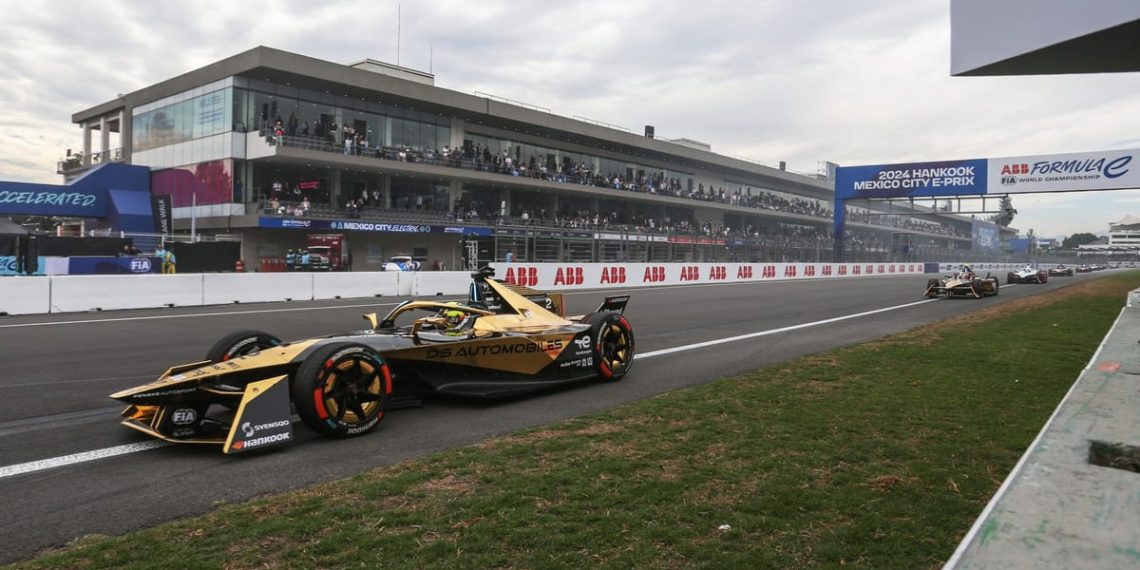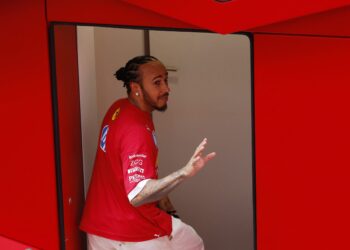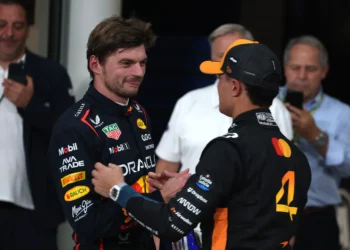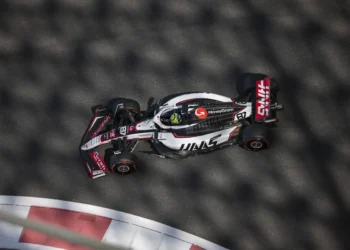Formula E has gradually moved away from traditional street circuits in recent seasons. This change is not intentional, but it concerns the sport’s top competitors. In the 2024 season, there will only be two genuine street tracks: Monaco and Tokyo. The rest of the calendar consists of permanent, airport, or exhibition hall circuits, with Diriyah being a “street” facility built for this purpose. This contrasts sharply with the 2018/19 season, which featured six genuine street circuits: Rome, Paris, Bern, Sanya, Hong Kong, and New York.
The reasons behind this change can be attributed to the perception that the cost and disruption in city centers often weren’t worth it unless there was significant financial support. For example, the Rome E-Prix was replaced by the Misano circuit due to safety concerns following a dramatic accident that interrupted the race. However, Formula E cars are not getting fast enough to pose a danger on street circuits like Rome.
The decision to move away from street circuits was mainly driven by financial considerations. Closing roads and setting up infrastructure in municipal areas was expensive, with estimates ranging from €4-5 million. Formula E saw an opportunity to save money by using facilities built for this purpose, allowing them to allocate these savings to other races, such as the upcoming Tokyo E-Prix.
Formula E’s approach to race organization has been inconsistent, with a lack of continuity in promoters and commercial interest. In many cases, Formula E takes on the promotion of events internally. While they may receive assistance from local agencies, such as Dentsu in Tokyo, the series itself handles the main promotion. This approach has resulted in a calendar predominantly composed of permanent and stadium-based tracks, such as those in Seoul, London, and Tokyo.
There have been rumors of a race around Dodger Stadium in Los Angeles, but the likelihood of new races in city centers is low. Successful races in urban centers are rare in Formula E, with Diriyah being an exception. However, even Diriyah is located in an area that doesn’t include residential or commercial areas. Rome, Hong Kong, and Paris had multi-year editions, but there were many unique tracks, such as Santiago, Zurich, Bern, Montreal, Miami, and Moscow. Some of these races caused significant disruptions, leading to protests and resentment among local residents.
The shift to non-urban tracks may bring operational and financial benefits, but it doesn’t please the drivers. Many drivers, like Jaguar’s Mitch Evans, love street tracks and believe that Formula E cars are designed for them. Sergio Sette Camara from ERT shares similar feelings, stating that street circuits differentiate the championship. However, the model of relying on government approval for street circuits has proven problematic. Sette Camara suggests that a long-term commitment to certain cities or a shift to permanent circuits could be a solution.
Dan Ticktum also expresses his dissatisfaction with Formula E moving away from street tracks. He believes that being in the city center and promoting electric sustainability is crucial for the sport’s image. Calendar stability is another concern for the drivers, as a fragmented schedule can negatively impact the series. Sebastien Buemi, a veteran driver, emphasizes the importance of stability for partners, fans, and credibility. He suggests that the only way to achieve stability is by moving towards more conventional circuits, even if there are changes in government.
The debate continues over whether these conventional circuits are the right showcase for Formula E. The abundance of overtakes at the Portland circuit, for example, divided opinions among fans and drivers. While some appreciated the fast-paced action, others found the early laps less exciting.
© 2024
Football star Cristiano Ronaldo is back at Manchester United. After leaving the English club in 2009 to play for Real Madrid and later Juventus, Ronaldo returns home. The news was announced today by Manchester United, which confirmed the player’s signing on a two-year contract.
At 36 years old, Ronaldo is still considered one of the best players in the world. His return to Manchester United is a major boost for the club, which seeks to regain its prominent position in European football. Ronaldo’s signing will certainly bring new energy to the team and increase the fans’ confidence.
Ronaldo had a successful spell at Manchester United between 2003 and 2009, winning several important titles, including three Premier League titles and a UEFA Champions League. His unmatched skill and talent made him a club legend, and his return is an exciting moment for the fans.
Ronaldo’s arrival also brings commercial benefits to Manchester United. The sale of shirts with the player’s name and number will certainly be a success, and the club hopes to increase its fan base and attract more sponsors. Ronaldo’s signing is a major investment for Manchester United, but it will certainly be worth it.
Now we just have to wait and see Ronaldo in action again wearing the Manchester United shirt. Fans are eager to see him play and hope he brings success and trophies back to the club. With Ronaldo back, Manchester United will certainly become a team to be feared in European football.










